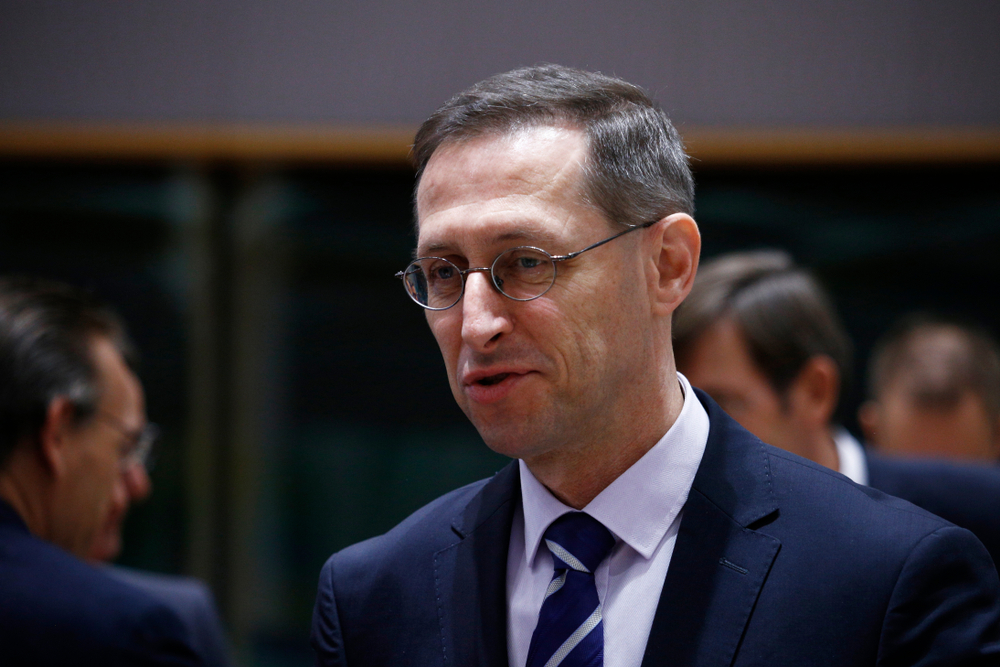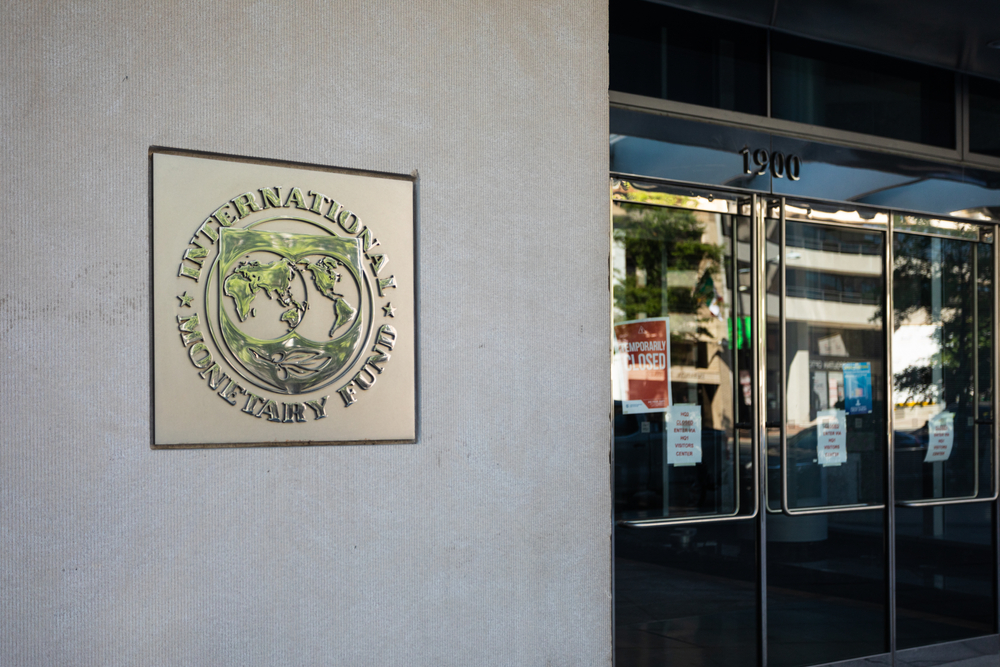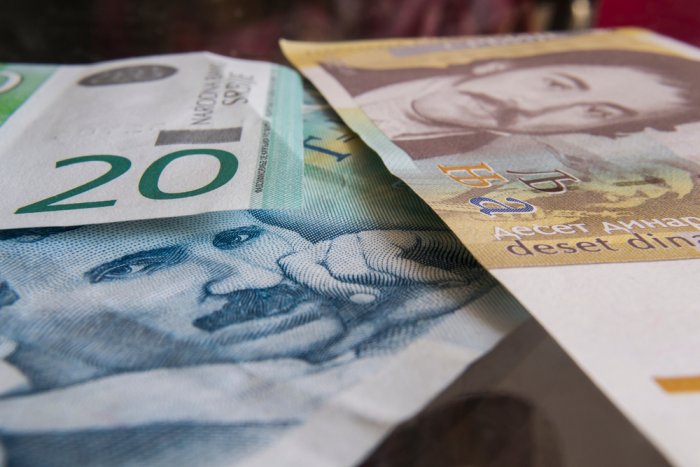Fiscal, monetary policy partnership needed to rein in CPI - Varga

Image by Alexandros Michailidis / Shutterstock.com
Finance Minister Mihály Varga said monetary and fiscal policy "must work together" to bring inflation back to around 3%, addressing the Portfolio Budapest Economic Forum on Tuesday, according to a report by state news wire MTI.
Varga told the forum that the government expects CPI to start falling from the beginning of 2022 and sees the situation "normalising" by the summer of 2022 to make the mid-term 3% target achievable by year-end.
Driven by higher cigarette, spirits and vehicle fuel prices, CPI in Hungary is at the highest level in years, spiking at 5.5% in September. In its latest quarterly Inflation Report, the National Bank of Hungary (MNB) put CPI over 5% for the rest of 2021, before returning to its 2%-4% tolerance band in Q2 2022 and stabilising around the 3% target in the second half.
Varga called the central bank's monetary policy measures "well-founded and timely", adding that the inflationary environment in the Hungarian economy "wasn't too low" even before 2020. He noted the impact on inflation of a pickup in demand with the reopening of the economy, the rise in global energy prices and the shipping container shortage.
The minister said the government expects the fourth wave of the pandemic to be weaker given Hungary's high inoculation rate and stands by its projection for GDP growth of around 7% and a general government deficit close to 7.5% of GDP.
He said it is the government's intention to bring the deficit back to a level under 3% of GDP, but stressed the importance of doing that gradually to avoid another recession.
Varga said the government is committed to reducing state debt, relative to GDP, this year, albeit by a small degree. Pandemic defence and economic stimulus have raised the debt level to 80%, but that is still under the EU average of over 100%, he added.
He said "politically motivated" debates with the European Commission are expected "to peter out by year-end", allowing Hungary access to Recovery and Resilience Facility (RRF) funding. He added that it became clear earlier that the negotiations on the funding would be drawn out, which is why "the timing was right" for Hungary to tap international markets for EUR 4.5 billion in financing early in September, allowing investments programs in the country's RRF plan to move forward.
SUPPORT THE BUDAPEST BUSINESS JOURNAL
Producing journalism that is worthy of the name is a costly business. For 27 years, the publishers, editors and reporters of the Budapest Business Journal have striven to bring you business news that works, information that you can trust, that is factual, accurate and presented without fear or favor.
Newspaper organizations across the globe have struggled to find a business model that allows them to continue to excel, without compromising their ability to perform. Most recently, some have experimented with the idea of involving their most important stakeholders, their readers.
We would like to offer that same opportunity to our readers. We would like to invite you to help us deliver the quality business journalism you require. Hit our Support the BBJ button and you can choose the how much and how often you send us your contributions.









